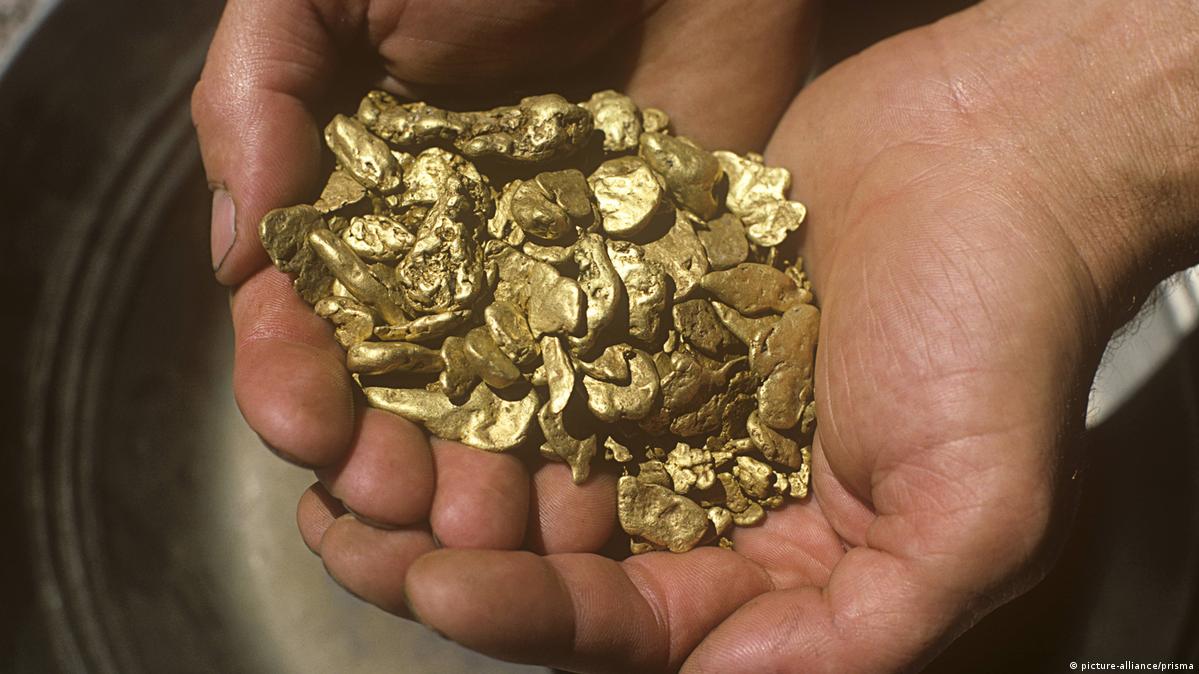Soaring Gold Prices Spark Distortions in Global Precious Metals Markets
Credit: Kitco
In Central and Eastern Europe, the rising risk premium on savings since the Russian invasion of Ukraine has actually served to drive down investor interest in the ultimate flight-to-safety asset, with gold demand seeing a 42% year-over year decline.
“Mennica Skarbowa, the largest dealer of investment gold and other precious metals in Poland, closed in 2023 with revenues 42 percent lower than in 2022,” Polish news outlet WBJ reported. “This result is consistent with the decline in gold demand recorded in this part of Europe (down 42 percent y/y).”
The report said this resulted from banks in the region raising the average interest rate on deposits and “favorable savings products,” along with high rates of inflation.
“The high cost of living for Poles and Europeans meant a decrease in the number of free funds allocated for precious metal purchases,” they wrote, “and record-high gold prices encouraged primarily the resale of accumulated bars and coins.”
Meanwhile, in Thailand, local gold prices set three consecutive all-time highs in a single day on March 21, underlining the steep upward trend which has seen the yellow metal gain more than 25 percent since the end of 2022.
“This has never happened before in history, especially as it is only 3 months into the year and the price has already risen by more than 10 percent,” Jitti Tangsitpakdee, President of the Gold Traders Association, told local media outlet Khaosod.
Tangsitpakdee said the sustained uptrend was being driven not only by the prospect of central bank rate cuts, but also by continuous local buying of physical bullion.
According to the Thai Ministry of Commerce, this period of skyrocketing gold prices has also contributed to an unprecedented surge in counterfeit gold, including both gold bars and jewelry, with over 1,600 cases reported in 2023.
Deputy Minister of Commerce Naphinthorn Srisanphan said that ministry “has commissioned the Gem and Jewelry Institute of Thailand (GIT) to test the purity of precious metals and the purity of gold using ultrasonic waves that do not damage the workpiece.”
Under the Buy With Confidence (BWC) project, the GIT will issue a quality certificate to prospective buyers and sellers upon demand. The Ministry also works with government agencies such as the Consumer Protection Bureau and the Domestic Trade Department to fight the counterfeiting.
The Ministry of Commerce also warned the public against buying gold through online channels, where there is a greater risk of gold counterfeiting, and they reminded gold sellers that they must strictly abide by the law, including clearly displaying the price tag for gold and bullion products.
“Selling goods at an unreasonably high price, hoarding goods or refusing to sell them is punishable by imprisonment of up to seven years or a fine of up to 140,000 baht [$3,846], or both,” the report said. “Using a scale that has not been certified by the Department of Internal Trade is punishable by up to six months’ imprisonment or a fine of up to [$549], or both. Tampering with the weighing elements of the scale is punishable by imprisonment of up to 7 years or a fine of up to [$7,692].”
And in Pakistan, the ongoing crackdown on speculation and smuggling within the jewelry industry that began in September appears to have had no positive effects other than daily bullion rate announcements being published earlier in the day.
According to a report from local media Dawn, “a series of commitments made by the bullion trade representatives to law enforcement agencies to increase the sector’s transparency remain unfulfilled.”
Between Sept. 13 to Oct. 10 last year, the All Pakistan Gem and Jewellers Association (APGJA) halted the publication of daily gold prices after the arrest of five jewelers accused of illegal activities.
Following negotiations between law enforcement agencies and the head of the APGJA, the traders were released with assurances from the Association that they would “help control speculation, encourage physical trading, promote legal trading practices, and enhance documentation and computerization” within the local gold market.
The release of daily gold exchange rates “remained disrupted until the third week of October, and inconsistency in gold pricing posed significant challenges for consumers,” the report said. “Some upcountry-based bullion traders began setting their rates independently despite mutual understanding that prices all over Pakistan should be uniform based on the rupee-dollar parity in the interbank market instead of the open market.”
The Dawn report said that “despite the APGJA’s assurances, implementing measures promised to law enforcement agencies has largely remained theoretical,” and that “trade practices within the sector continue to be opaque, with dealers often not providing receipts for transactions and asking sellers to show old cash memos of their gold-related items.”
They said that some traders misrepresent the quality and purity of their gold, and others have set up “mini shops outside their outlets to deal with people looking for smaller transactions” which ignore the requirement to adhere to the fixed price, while hardly any traders are “integrated with the Federal Board of Revenue’s point-of-sale (POS) system.”
Mohammad Haseen Qureshi, President of the All Karachi Jewellers and Manufacturers Association, called for “establishing a dedicated authority comprising bullion market representatives” to address the ongoing issues in the gold market.
“This entity would oversee daily rate issuance, quality control and monitor speculative and black-market activities in gold trading,” the report said. “The authority would also facilitate the resolution of disputes with the Federal Board of Revenue of Pakistan and other government bodies and reassure consumers regarding tax and duty compliance among traders.”

